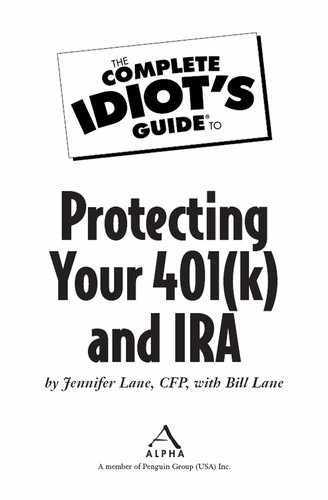Converting to a Roth
If you’re eligible, converting some of your IRA investments to a Roth account might be a good way of creating the balance of tax-deferred accounts and taxable or tax-free accounts mentioned earlier. Although you’ll have to pay tax on the amount you convert, converting assets to a Roth could also help you save taxes when you reach age 70½ and have to start taking your required minimum distributions (RMD). Your RMD creates taxable income to you and is based on the total amount you have in regular IRA accounts. Roth IRAs don’t count toward the calculation, so your RMD will be smaller. This could save tax because you won’t be forced to withdraw the RMD income if you don’t need to, and it will help you continue the tax-free growth in the account for later years.
Potential Tax Savings
Roth IRAs are relatively new, only about 10 years old, and you may not have a Roth account yourself yet. If most of your retirement assets are invested in regular IRAs and employer plans, such as 401(k)s and 403(b)s, your only choice for money in retirement will be to withdraw from these accounts and realize income tax on the amount you withdraw. You can start building money in a taxable investments account now to give yourself other options, but if you’re eligible for a Roth IRA or a Roth conversion, you may do even better tax-wise.
You’re eligible to convert some or all of your IRA assets to your Roth IRA in a year that your income (MAGI) is $100,000 or less. Use an online calculator, like the one at www.CalcTools.com, to help you calculate whether doing this will save you taxes in the long run. Consider these important facts:
• You’ll owe taxes on the amount you convert.
• You need to have sufficient money, separate from the IRA dollars, to pay the taxes on the amount you covert.
• Keep an eye on your tax bracket when deciding how much to convert, because the amount you convert gets added to your other income and could bring you into a higher tax bracket. Roth conversions are not an all-or-nothing proposition. If you’ll be eligible to convert next year, too, save tax by converting some this year and then some next year in order to stay in a lower tax bracket.
The online Roth conversion calculator will show you the growth of the account after conversion as well as the taxes due based on the income and growth rate you enter into the calculator. The income number you use for the year is your pay after deducting the amount you’re contributing to your work plan. The calculator will ask you for a growth rate assumption to use for the investments in the account. Don’t use a growth rate that assumes more than 6 percent.
Could Help Manage Minimum Withdrawals
A conversion now might be smart if you’re lucky enough to have a pension or enough of a nest egg that you think you may not need all your IRA money in retirement and would like to minimize the amount you have to withdraw from the RMD to save taxes and to leave more to your spouse or kids. The advantage of the conversion increases the longer the money is in the Roth IRA, so making the conversion now is a good idea. When you make the calculation using the Roth conversion calculator to see if this is a good option for you, make the age you plan to take income from the account older than age 75. This will simulate the possibility that you don’t take income until a later age, if at all.
..................Content has been hidden....................
You can't read the all page of ebook, please click here login for view all page.
